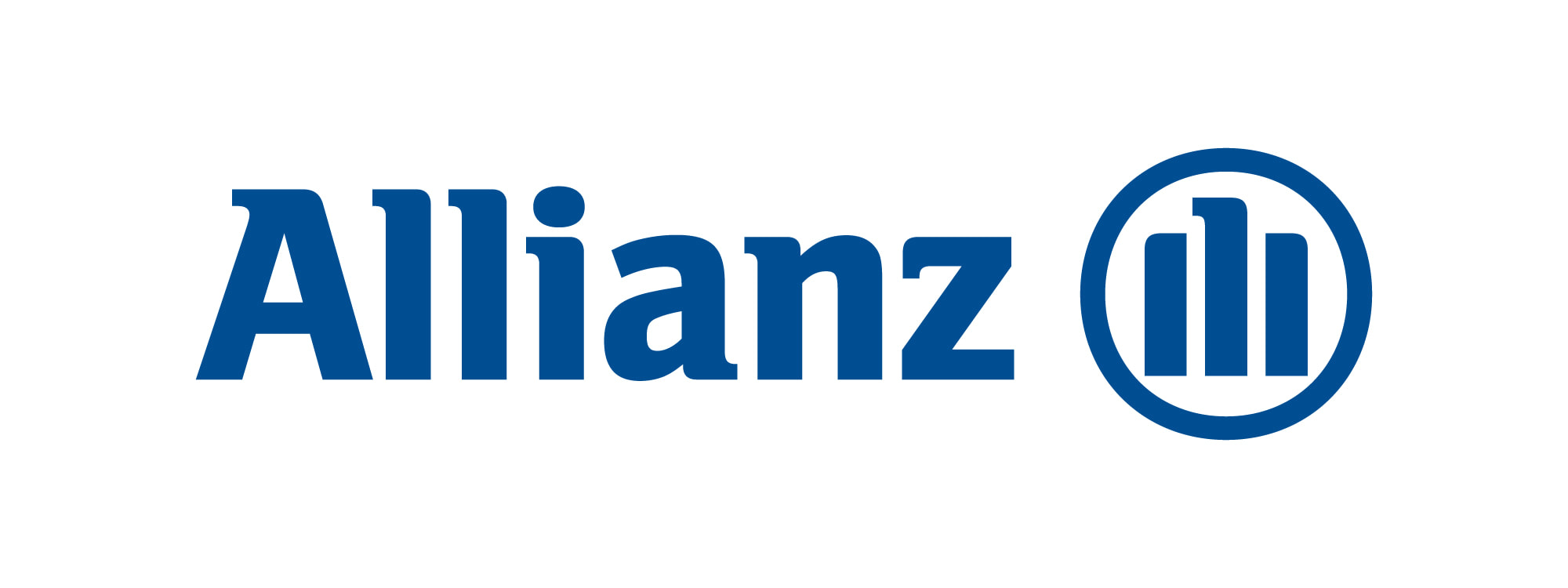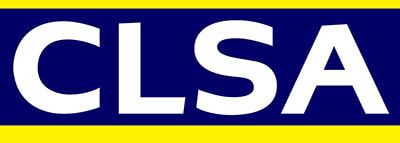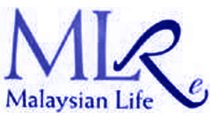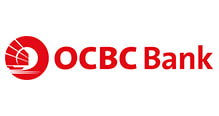|
Study after study has shown that diverse, equitable and inclusive organisations are better able to deal with challenges, acquire top talent and cater to the needs of various customer bases.
These studies have convinced organisations to build DEI into their hiring practices, but we’ve noticed that the struggle to harness its power is real. We often come across organisations with a long list of initiatives that are performative, but not genuine. Let’s face it. If you’re making big speeches about DEI once every quarter, but are allowing everyday incidents that smack of exclusion to continue, you’ve clearly failed. Unless employees embody DEI in day-to-day interactions and business operations, your organisation will not be able to leverage the power of DEI and lag behind competitors who’ve done so successfully. If you’ve ticked the boxes but are not getting any further, we suggest taking a step back. Every initiative must be underpinned by careful thought and action to effect genuine mindset and behavioural change. Here are our tips on truly making DEI work: Paint a vivid picture of what successful DEI looks like, beyond the business case Ask employees to imagine a future where everyone embodies DEI. In explaining the “why”, go beyond making a business case for it as DEI should not be seen as a means to an end. Instead, paint a vivid picture of what’s in it for them (e.g. how it increases opportunities for them to utilise their unique experiences and backgrounds, how diversity on their team can help them meet their career goals), and explain why it’s intuitive and essential for organisations that value people. Address unconscious biases head-on to expand peoples’ model of the world Our biases are usually fuelled by past experiences that we carry through to the present. Often, a person may not realise that it was an experience they had as a child that is driving them. With simple tools, people can be made self-aware and be helped to check their biases. Leaders must be equipped to handle such issues. As soon as a co-worker is derogatory towards another whether subtly or blatantly, leaders need to pick up on it and address it. Understandably, most leaders worry about getting too close to the subject as they don’t have the tools to bring these up in a safe and fair manner. This creates an environment where inappropriate remarks fester and grow into insurmountable challenges. Train leaders so that they can confidently nip problems in the bud. Also, remember to provide employees with safe avenues to report issues that need to be addressed. Be intentional about installing inclusive language, including visual language Everything communicates – your recruitment process, your social media channels and website, internal e-mails, the way your managers conduct a Zoom meeting, etc. The words you use can powerfully reflect unconscious biases, reinforce stereotypes, or subtly discriminate against and discourage certain individuals. This is why every employee must be exposed to the value of inclusive thinking and language. Be sure to review communication for bias, call out and address problems when they arise. We also recommend using the “flip test” to illustrate the problem with biases and to help employees check themselves. Remember, the visual language you use matters just as much. Do all visual elements across all organisational communication tell people they belong? What story are you telling? Are underrepresented groups depicted as having first-person voice and agency? Importantly, all of this has to be backed up by action. More on that in our next post. This post was co-written by Communications Strategist, Consultant and Coach, Bharati Jagdish.
0 Comments
Your comment will be posted after it is approved.
Leave a Reply. |
SYLVIA FERNANDES
Sylvia is a qualified Neuro Linguistic Programming (NLP) Master Trainer. She started her business in Sydney and is now based in Singapore. Archives
December 2024
Categories |
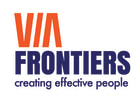

 RSS Feed
RSS Feed

